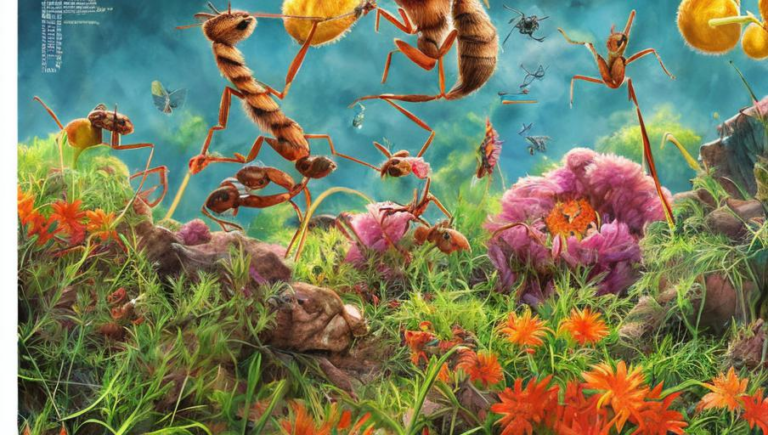Challenge and Change: How Baboons Adapt to New Environments

Introduction
Baboons are some of the most adaptable and resourceful primates in the world. They have been known to survive in a variety of habitats, from tropical rainforests to arid deserts. Despite their ability to adapt to changing environments, baboons still face challenges and must continually adjust to their ever-changing habitats. This article will explore how baboons are able to survive in different environments, as well as the potential challenges they face and how they can become better suited to their changing habitats.
Adaptability
Baboons are incredibly adaptable, and are able to survive in a variety of different climates. They are able to adjust their behavior and diet to accommodate their environment. They can forage for food in both open and closed habitats, and can adjust the size of their home range according to the food supply in the area. They are also able to survive in both arid and wet climates, and can adjust their sleeping habits to accommodate the temperature and rainfall. They are able to adjust their behavior to accommodate their environment, such as learning to avoid predators or seeking shelter in extreme weather.
Challenges
Despite their adaptability, baboons face a number of challenges when they enter new environments. Human encroachment on their habitats can lead to increased competition for resources, such as food and water, as well as increased risk of predation. In addition, baboons face a number of diseases that can spread quickly in new environments. Finally, baboons can be vulnerable to changes in the climate, such as drought or flooding, which can lead to food shortages and displacement.
Solutions
In order to address the challenges that baboons face when entering new environments, there are a number of solutions that can be implemented. One solution is to increase the amount of protected areas for baboons, so that they can continue to feed and breed in their natural habitat. Additionally, it is important to work with local communities to ensure that baboons are respected and not persecuted. Finally, it is important to ensure that baboons have access to adequate food, water, and shelter, as well as educational resources, which can help them better understand and adapt to their changing habitats.
Conclusion
Baboons are incredibly resourceful and adaptable primates, but still face challenges when entering new environments. By providing them with protected areas, working with local communities, and ensuring that they have access to adequate resources, we can help baboons adjust to their changing habitats and continue to thrive.





